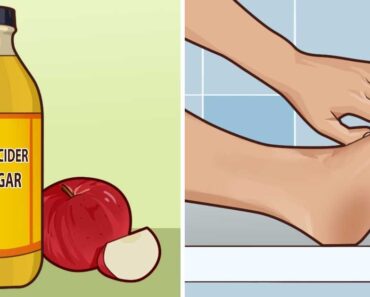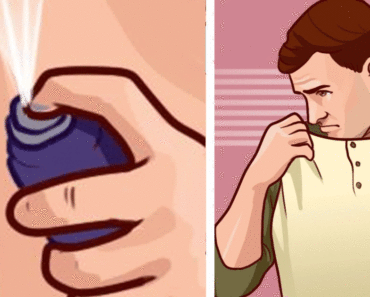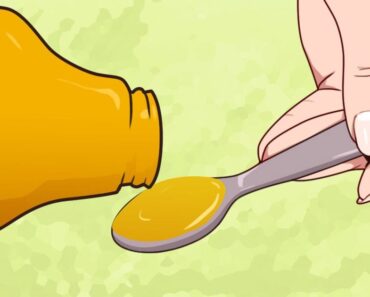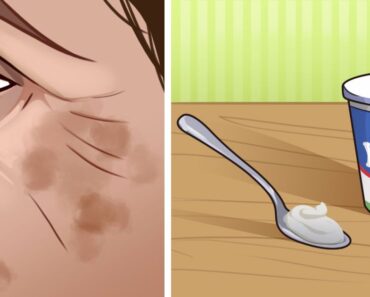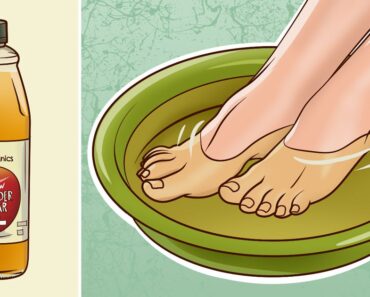Doctors, healthcare professionals, and nutritionists often advise people to drink more water. This is good, but sometimes you find that what your body produces is not close to the amount of water you drink. If you notice this problem, you are probably retaining water.
For most people, water retention is a temporary problem. For others, it can be much more than that. Swollen ankles or toes are signs of water retention. You may find it difficult to put on or take off your rings. Your stomach may feel unusually full. If you suspect fluid retention, press gently but firmly with your thumb on the calf. If you leave a permanent indentation when you release it, you are likely suffering from water retention, also known as edema.
If water retention doesn’t go away after about a day, be sure to see your doctor for a checkup. The cause is usually temperature changes and hormonal fluctuations. However, edema can be a sign of something more serious. For less serious problems, here are six ways to reduce fluid retention and get back on track.
1. Reduce salt consumption
Since eating too much salt can cause edema, according to the Mayo Clinic, reducing salt intake will help the body get rid of excess fluid and stop retaining water.
2. Drink more water
It may seem strange, but not drinking enough water can cause fluid retention. Your body thinks it has to do without it, so it saves what it has. The Legion says to drink more water.
3. Take vitamins and minerals
Medical News Today recommends eating foods that contain more magnesium and vitamin B6, including bananas, nuts and potatoes.
4. Exercise regularly
The New York Times reminds us that a lack of activity prevents blood from flowing well, making it difficult to remove excess fluid from the extremities. By exercising regularly, you ensure that your blood can remove fluids properly.
5. Take a diuretic
The Mayo Clinic recommends using a diuretic to help the body get rid of excess fluid. You can use fruits and vegetables to create a natural diuretic. LIVESTRONG lists citrus fruits, pineapple, spinach, and kale as some of the great natural diuretics.
6. Wear compression stockings
Because fluid often collects in the extremities, WebMD suggests wearing compression stockings. The pressure exerted by the socks will help prevent fluids from settling in your feet and legs so that blood can circulate more easily.
You don’t have to settle for a feeling of discomfort and bloating. Fight edema with natural means.

